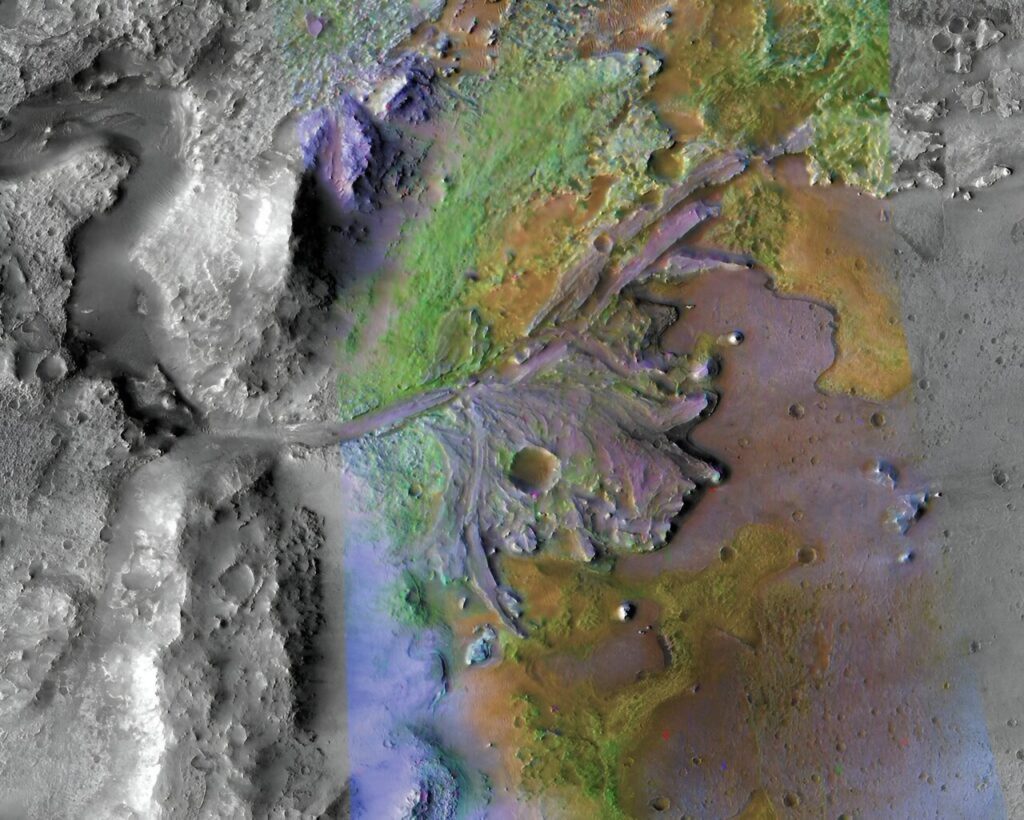On December 12, the Perseverance rover celebrated a round date: 1,000 sols. This is how many days it has spent on the Martian surface. In honor of this event, NASA spoke about the latest findings of the rover.

Perseverance landed on the Red Planet on February 18, 2021. Since then, it has traveled over 21 kilometers across the Martian surface and taken 23 soil samples, which are planned to be delivered to Earth in the future during the Mars Sample Return mission.
On December 12, the rover celebrated a significant date. It spent a thousand sols (sunny days) on Mars. The duration of one sol is 24 hours and 39 minutes. In honor of this event, mission specialists told about several recent finds of the rover.
So, one of the samples recently taken by the rover contains a large amount of fine-grained silica. Another sample contains significant amounts of phosphates, which are often associated with life as we know it. Both samples are also rich in carbonate, which can store information about environmental conditions during the formation of the rock.

After landing Perseverance, scientists discovered that the crater floor consists of igneous rock formed from magma underground or as a result of volcanic activity on the surface. Subsequently, they discovered sandstone and mudstone. This indicates the appearance of the first river in the crater, hundreds of millions of years after its formation.
Above these rocks are salt-rich mudstones, indicating the existence of a shallow lake at this place. It was subjected to evaporation. According to scientists, its maximum diameter was 35 km and its depth was 30 meters. Subsequently, water flows brought boulders from the surrounding areas into the crater, distributing them along its delta and other sections of the impact formation.
According to https://www.jpl.nasa.gov
Follow us on Twitter to get the most interesting space news in time
https://twitter.com/ust_magazine


